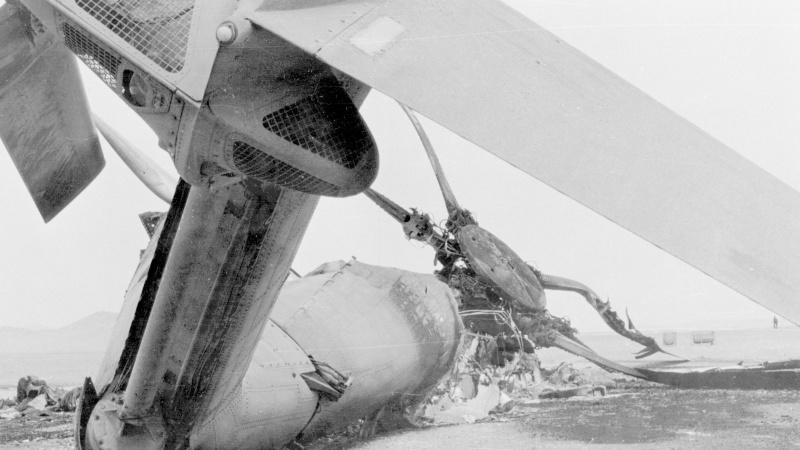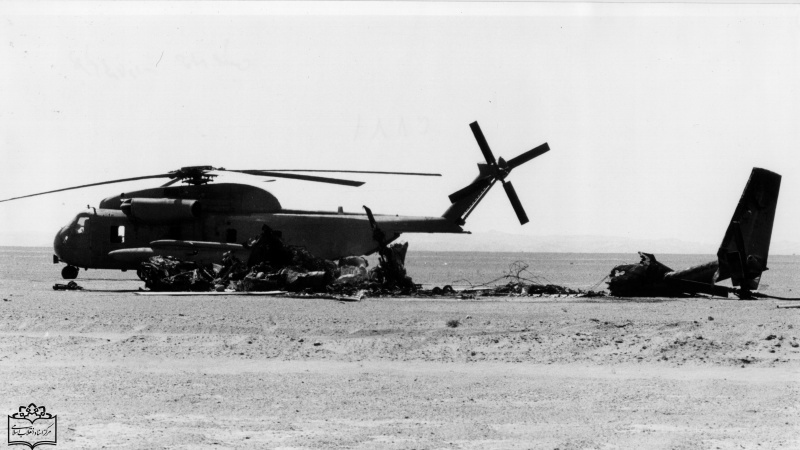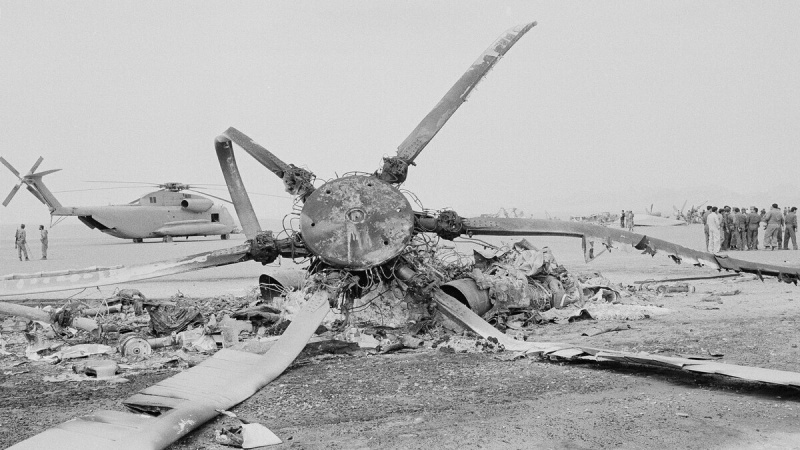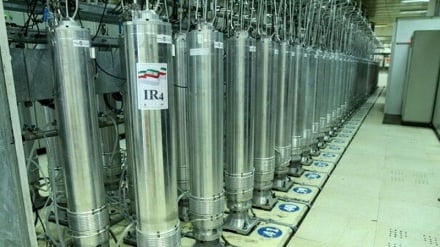Pars Today's Iran and world news package
How Tabas incident in Iran became a symbol of divine power and defeat of American hegemony + Images
Pars Today - In the turbulent history of the Islamic Revolution in Iran, the Tabas incident holds a special place. Not only was it a failed military operation, but it also became a clear example of the collapse of the arrogance and hegemony of a superpower that considered itself invincible.
In the heart of the Tabas desert, a sandstorm not only disrupted advanced U.S. military plans but also became a symbol of Iranian resistance and national will, marking a turning point in the history of the Islamic Revolution and the decline of the hegemony.
According to Pars Today, on April 25, 1980, the United States launched a military attack on Iranian soil using several helicopters and planes. The U.S. government, having failed to achieve its goal of toppling the Islamic Republic of Iran through various tactics, initiated a complex and highly secretive operation to rescue its spies who had been captured during the takeover of the U.S. Den of Espionage on November 4, 1979.
With the design of "Operation Eagle Claw," the United States intended not only to bomb key centers in Iran but also to assassinate prominent figures of the Islamic Republic of Iran. Subsequently, it aimed to establish a pro-American government in Iran.
An operation doomed to fail in the heart of the desert
On April 25, 1980, as U.S. forces entered Iranian airspace, everything initially appeared to be going according to plan. But nature intervened in Tabas, unleashing a massive sandstorm that severely disrupted equipment, visibility, and communications.

Of the eight helicopters deployed: one returned mid-mission due to mechanical failure, another encountered technical issues, and a third crashed during the storm. With only five helicopters remaining—fewer than the required number—the operation was aborted. However, during the withdrawal, one helicopter collided with a C-130 aircraft, resulting in a massive explosion that killed eight U.S. soldiers and destroyed much of the equipment. The surviving forces hastily retreated.

Imam Khomeini: "The sands were God’s agents"
When news of the failed U.S. operation broke, people across the country took to the streets in celebration. Imam Khomeini (God bless his soul), the founder of the Islamic Republic, made a historic statement: "We consider the sands to be agents of God. America cannot do a damn thing." This phrase became a symbol of national confidence, demonstrating to the Iranian people that with reliance on God and unity, they could stand firm against any power.

Declassified documents from the Pentagon and CIA later revealed that the U.S. had coordinated with spies inside Iran, planning to use vehicles and safe houses in Tehran to support the operation. Yet none of these precise calculations could withstand the unforeseen force of nature, or divine intervention, in the form of the sandstorm.

Global reactions: What did the media say?
International newspapers and television networks at the time analyzed the incident and ran headlines such as: "Superpower Humiliated in the Desert," "A Disaster for Carter in Tabas," and "America Surrenders to Iran’s Sands." Analysts dissected the event, noting how the failure of Operation Eagle Claw dealt a severe blow to Jimmy Carter's presidency, contributing significantly to his defeat in the upcoming U.S. presidential election and paving the way for Ronald Reagan’s victory.
The Tabas incident was not merely a military failure for the United States; in Iranian political discourse, it came to symbolize "the end of the era of American dominance." Neither missiles, nor helicopters, nor espionage plans, nor advanced technology could overcome the resolve of a united nation. As Americans themselves admitted, the operation ended in total humiliation.
MG



